Free tour Guide to Charleston
Feel the pull of Charleston as salt air drifts across the harbor under Lowcountry skies stretching over the Ashley and Cooper Rivers. Wander cobblestone streets where 18th-century churches, slave auction sites, and rice baron estates create something haunting between Rainbow Row postcards and waterfront Battery promenades.
Walking through South of Broad boulevards and East Bay storefronts, you’ll spot the deep marks of bondage and prosperity that turned this colonial port into America’s wealthiest—and most troubled—antebellum city, giving you views of both brutality and beauty you won’t see anywhere else. Your time in Charleston blends plantation darkness, architectural grace, and unfinished reckoning into a visit that makes three centuries of American contradiction real.
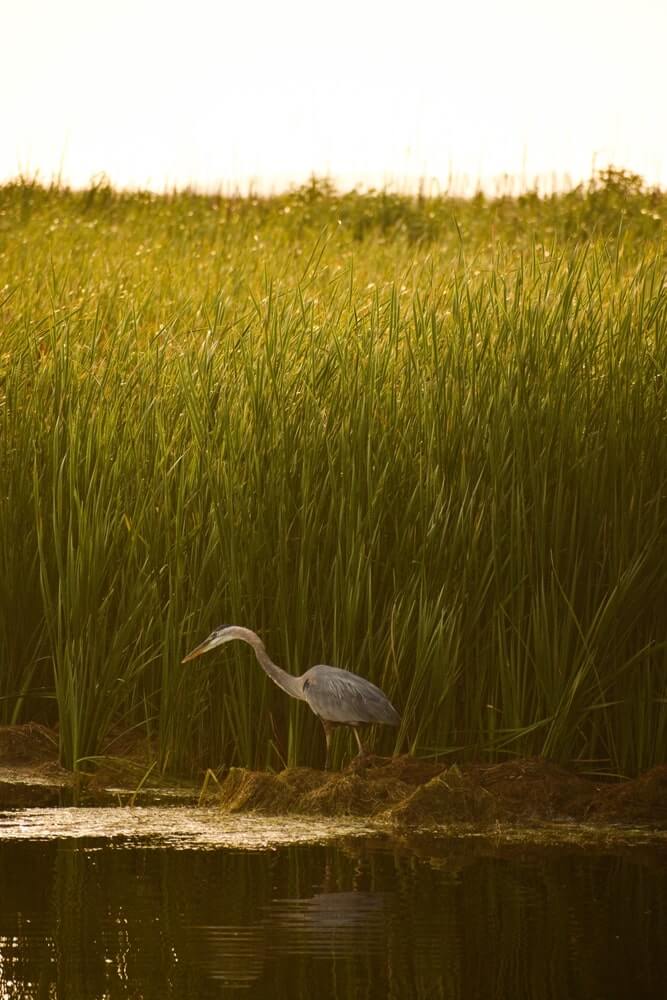
FROM SLAVE MARKET TO HOLY CITY
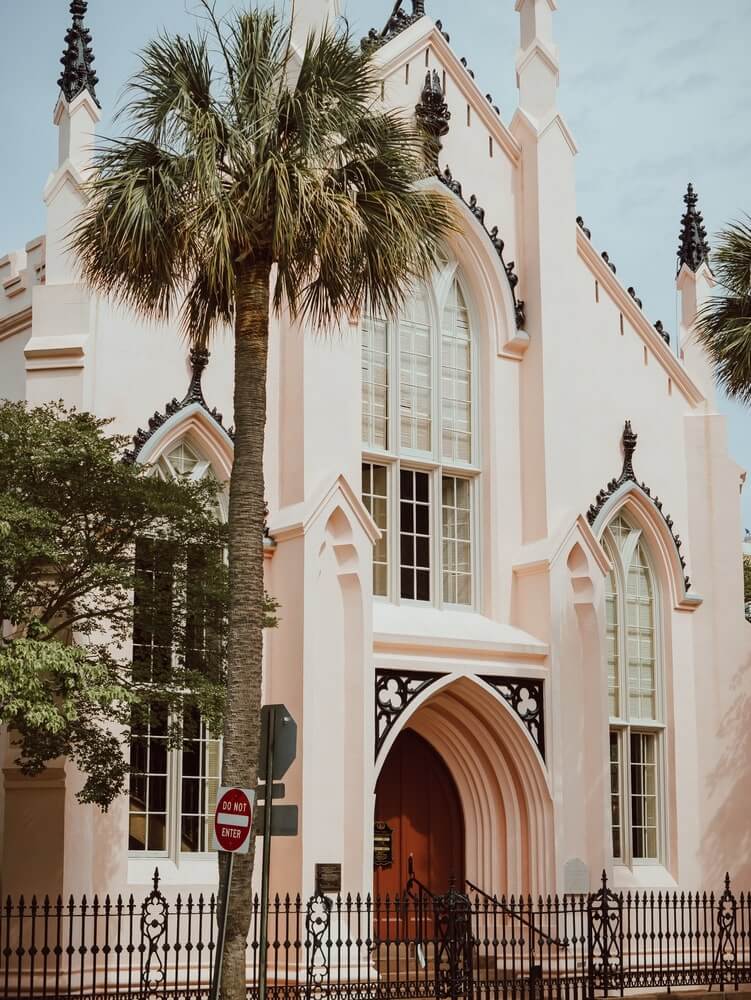
Charleston's Best Kept Secret
Top wingman tour in Charleston
Unlike many historic cities sanitized by pastel tourism and plantation romance, Charleston tells a complicated story of American wealth and enslavement from its colonial slave market dominance and centuries of rice and cotton fortunes built on bondage.
Discover more with our tours!
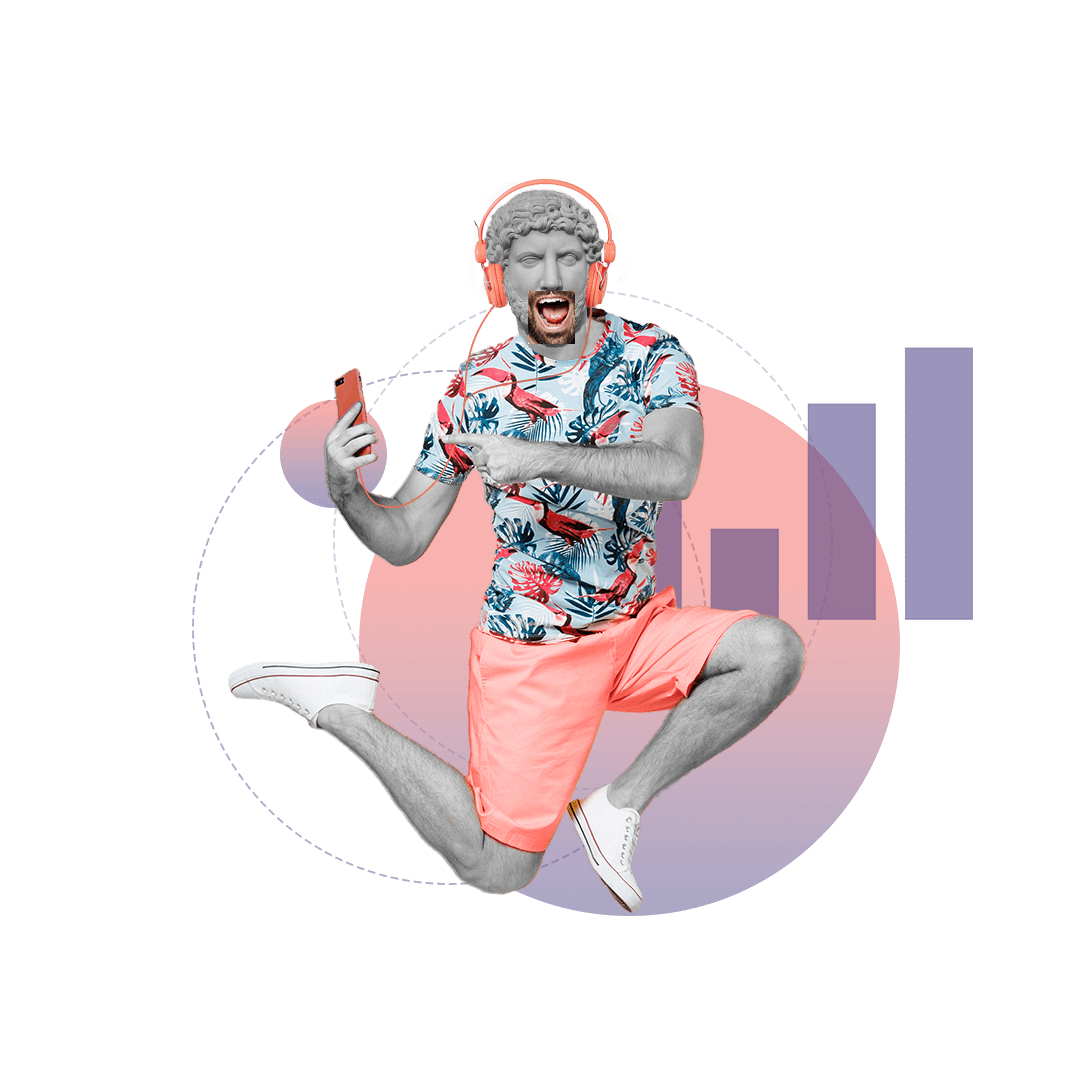
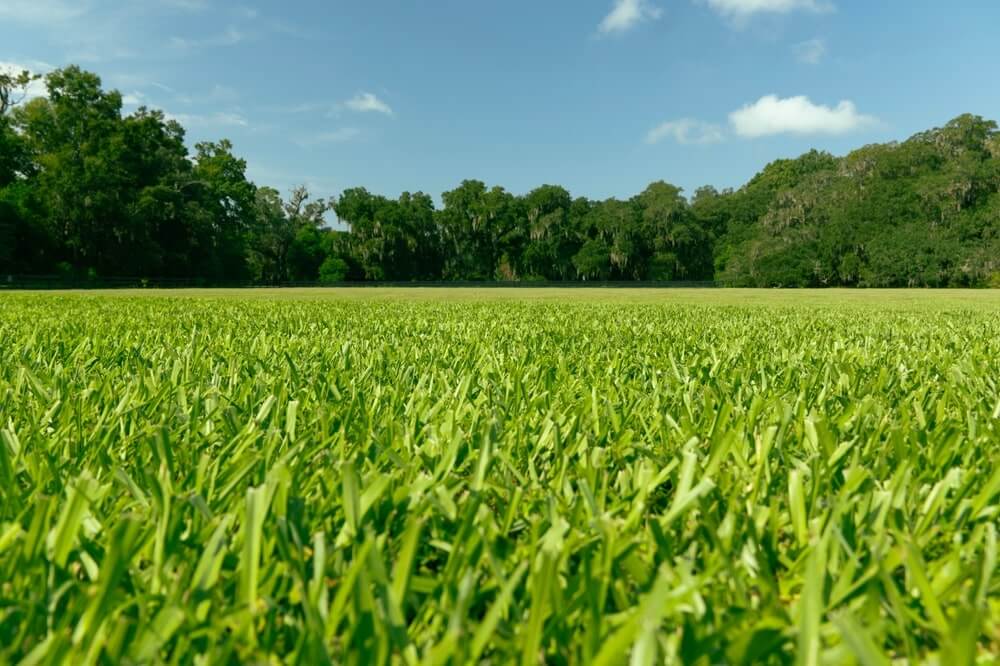
In the Wake of the Tides – The Natural Beauty of the South
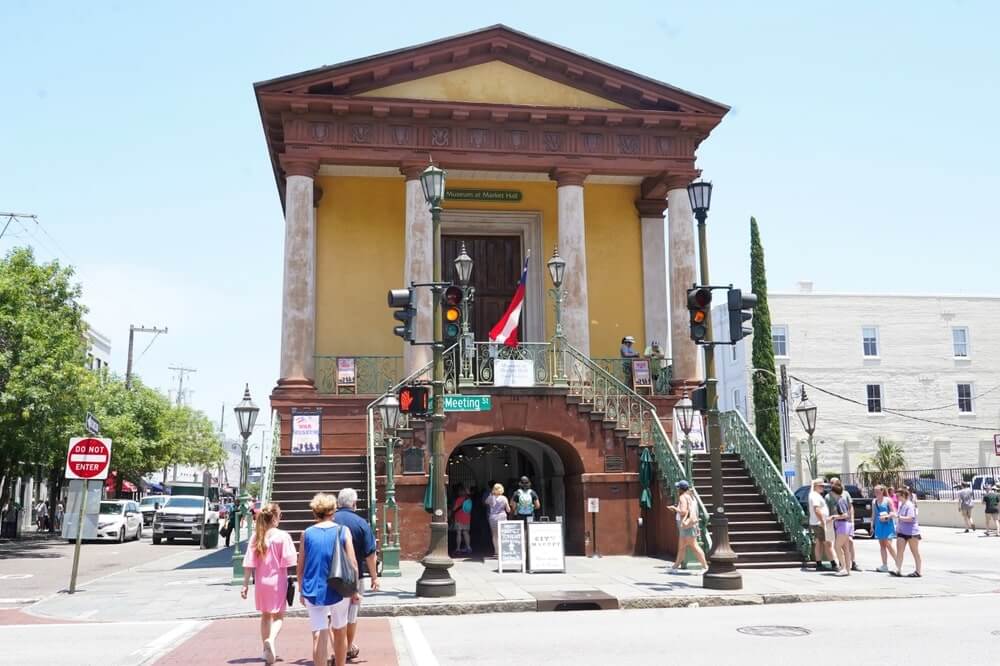
Revolution & Resilience – Stories of the Old South
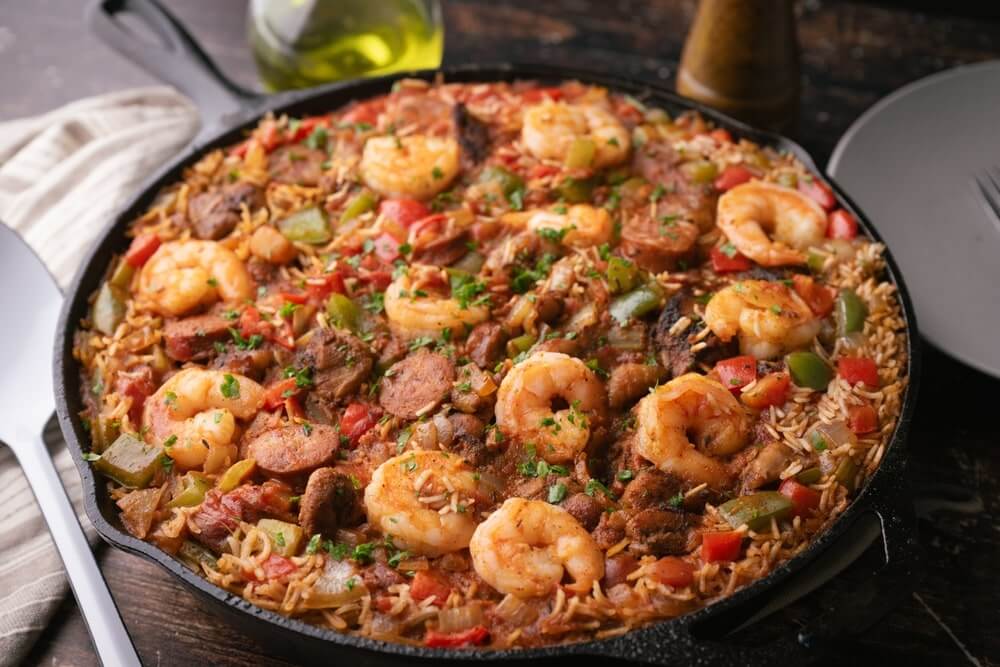
Spice, Rice & Roots – A Gullah Culinary Walk
UNLOCK YOUR NEXT ADVENTURE
hidden gems of Charleston
Unlike many historic cities softened by magnolia mythology and Gone with the Wind nostalgia, Charleston tells an uncompromising story of American bondage and architectural grandeur from its slave auction blocks and centuries of plantation wealth.
Discover more with our tours!
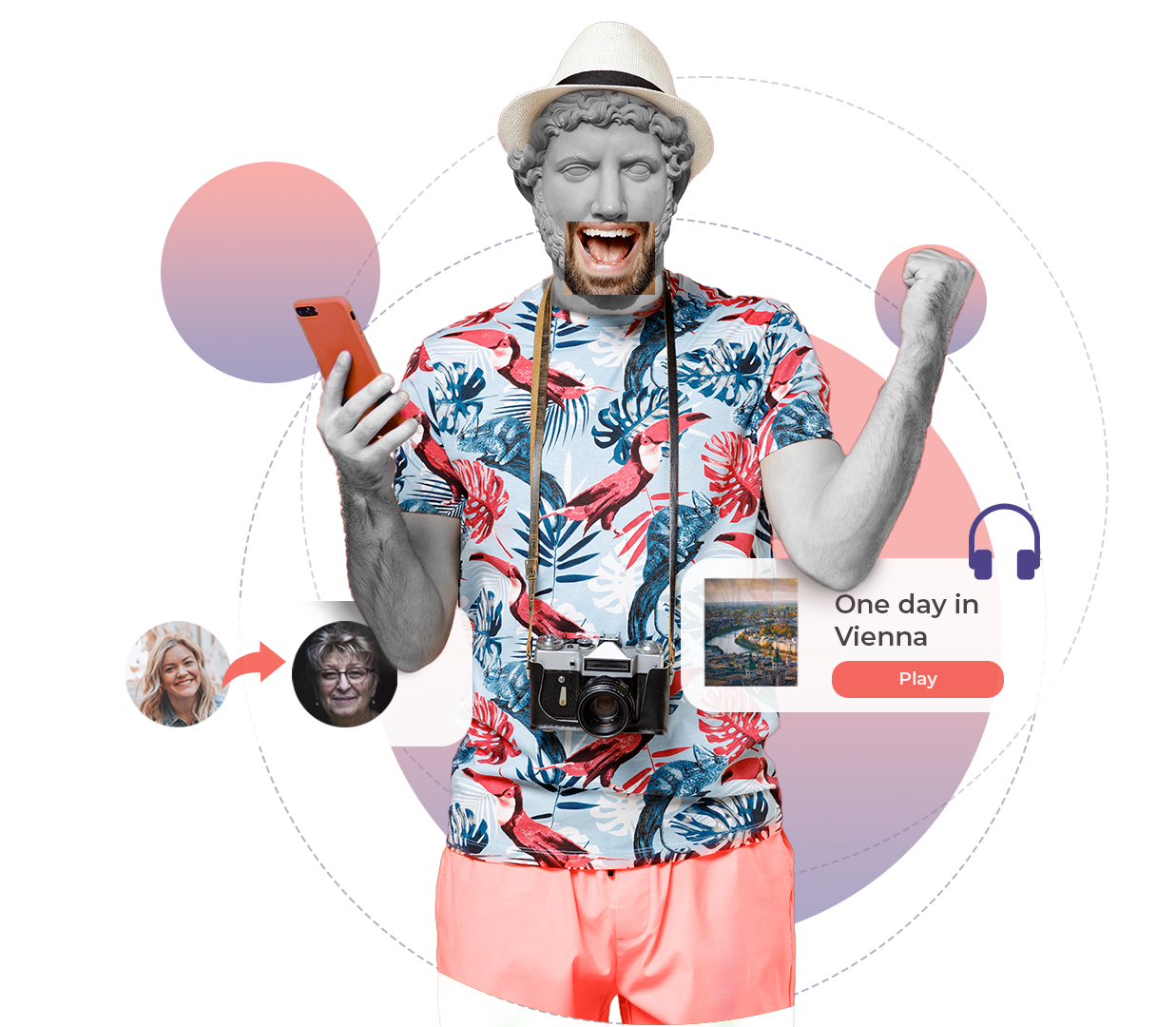
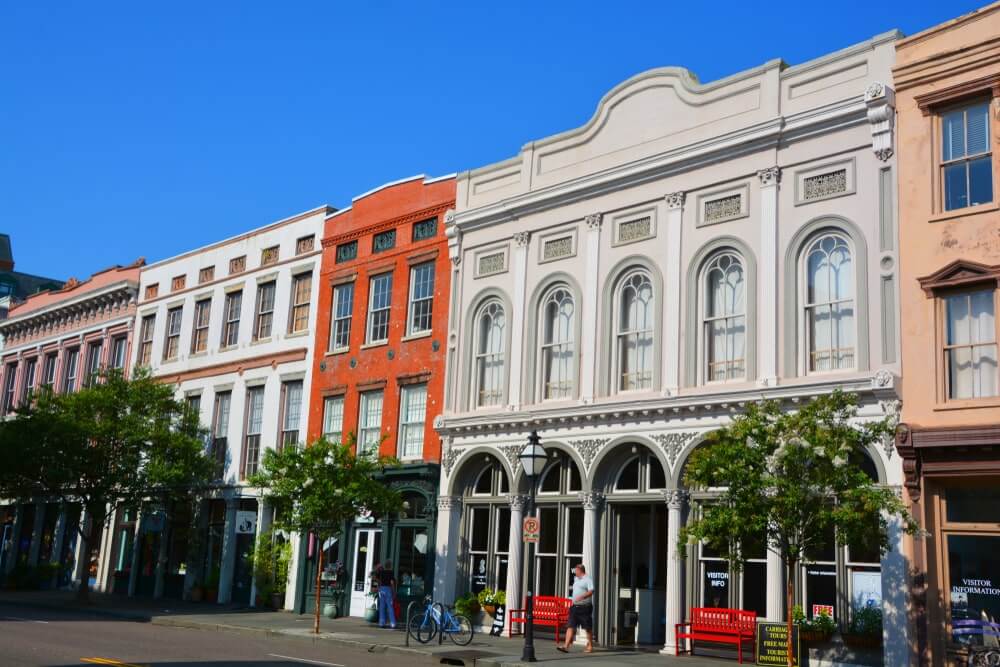
The Charleston Archive at the Addlestone Library
Inside the College of Charleston’s Special Collections on Calhoun Street, a climate-controlled reading room leads to a restricted-access archive containing original slave auction receipts, rice plantation ledgers, and Denmark Vesey conspiracy trial records, featuring handwritten bills of sale, 18th-century estate inventories, and locked cabinets where serious researchers work among documents most campus visitors never know exist. Most tourists photograph the historic campus buildings outside, never requesting access to this scholar’s vault that holds the actual paper trail of Charleston’s wealth built on human bondage and the city’s suppressed rebellion history.
Local Guide Tip: Request a research appointment through the library’s website—archivists will pull specific auction records or plantation correspondence if you give them 72 hours notice, and the reading room stays nearly empty during summer semester breaks.
Coordinates: 32.7856° N, 79.9363° W
The Old Exchange Building Provost Dungeon
Beneath the 1771 Exchange and Custom House at East Bay and Broad Street, a brick-vaulted dungeon accessed by a narrow staircase holds the actual cells where Revolutionary War prisoners and enslaved people awaiting sale were chained to walls, featuring original iron restraints, water-stained holding pens, and interpretive panels that don’t appear in the upstairs museum tour narratives. Most visitors take the standard building tour focusing on colonial commerce and patriot meetings, never descending into this half-flooded basement where both British captives and human cargo waited in darkness—the docents upstairs rarely mention it unless directly asked.
Local Guide Tip: The dungeon self-guided portion opens at 10 AM but empties out by 11:30 AM on weekdays—go midweek when school groups aren’t scheduled, and look for the faint tally marks scratched into the brick by prisoners counting days.
Coordinates: 32.7765° N, 79.9253° W
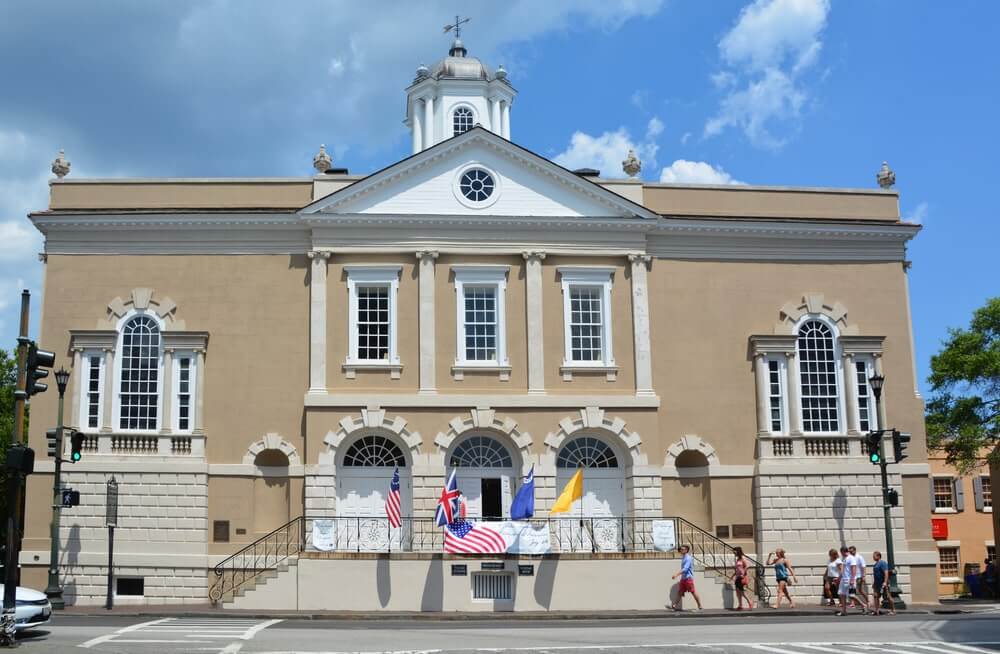
McLeod Plantation Slave Street
On James Island, seven miles from downtown Charleston’s tour district, McLeod Plantation’s intact slave street preserves the actual wooden cabins where Gullah families lived through slavery, Civil War occupation, and Reconstruction, featuring original structures, interpretive signs written from enslaved perspectives, and a cotton gin complex where guides discuss labor systems without romanticization. Most Charleston plantation tours focus on big house interiors and garden photography, never centering the quarter where the people who created the wealth actually lived—McLeod flips that script entirely, making the African American experience the main narrative while the plantation house serves as backdrop.
Local Guide Tip: The 2 PM tour on Saturdays includes a Gullah cultural specialist who discusses sweetgrass basket traditions and language patterns directly descended from the families enslaved here—arrive 15 minutes early to walk the grounds before the group gathers.
Coordinates: 32.7580° N, 79.9528° W
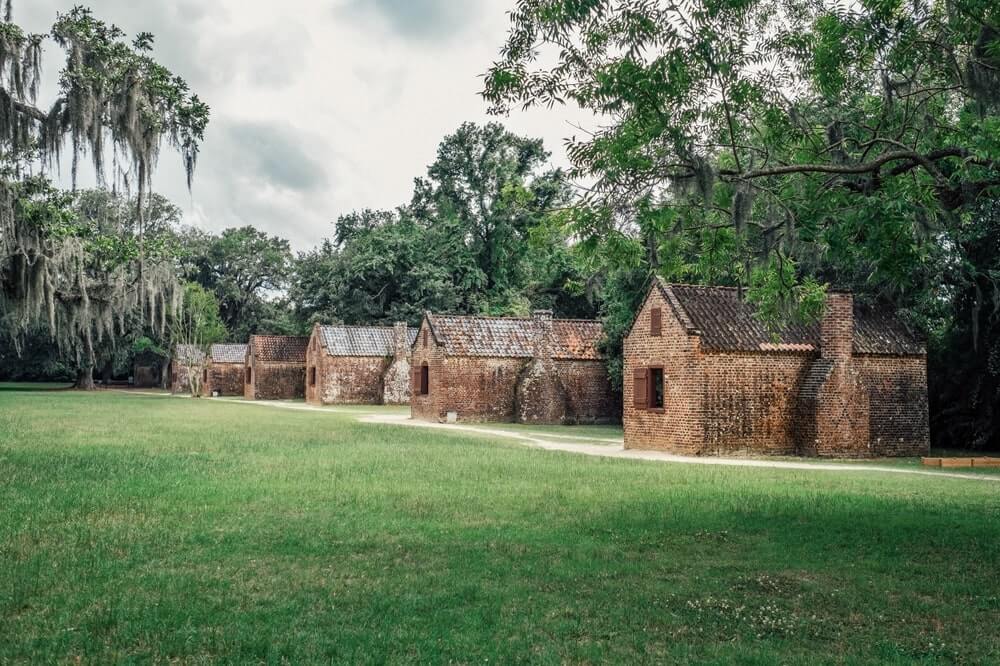
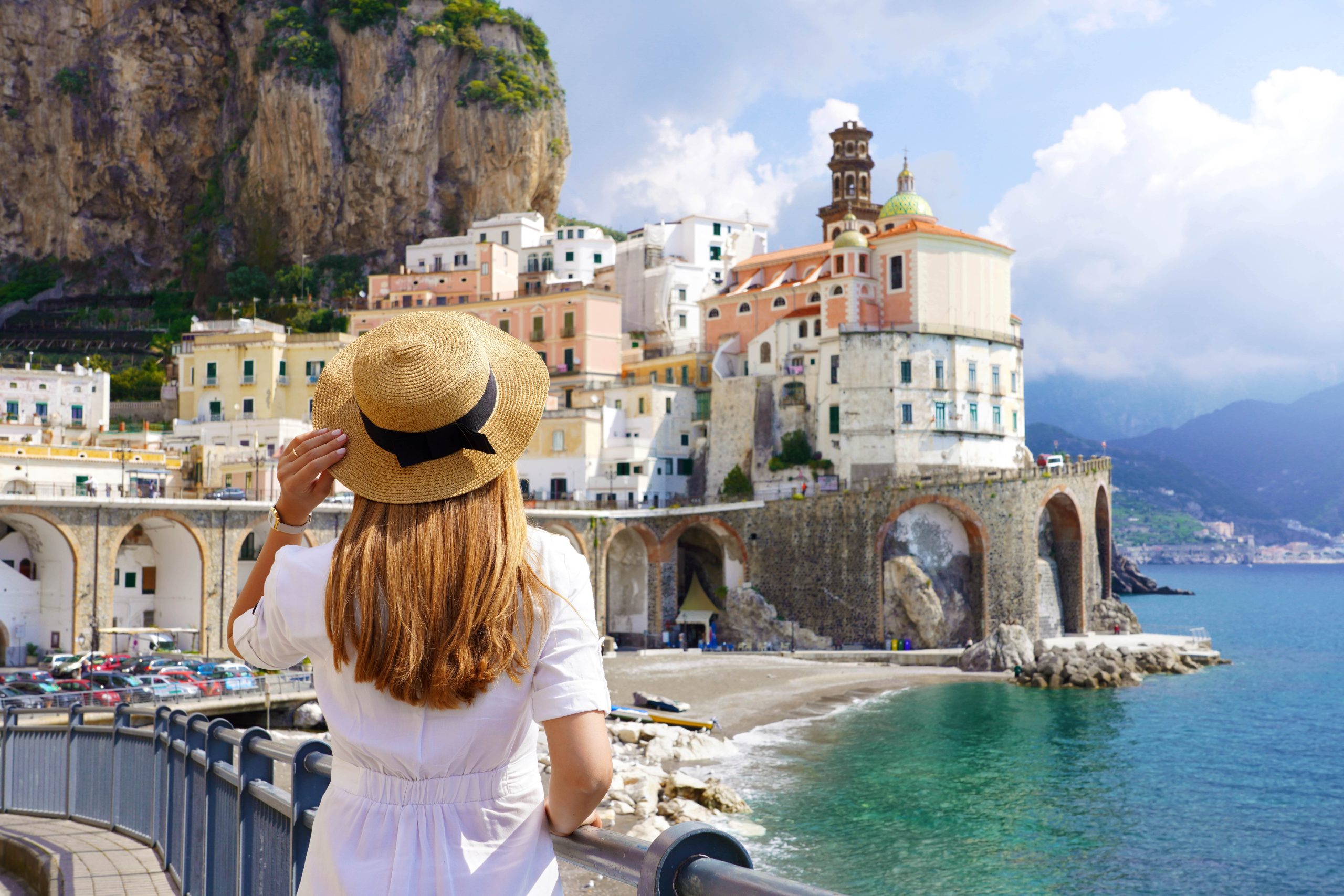
upgrade travel to joy
At Wingman, we’re passionate about transforming your travel experiences from typical to tremendous.
Each city is a new chapter in your adventure book, filled with unique cultures, sights, and sounds for you.
Why stop at one? Explore our global network of destinations, from the romantic streets of Paris to the vibrant landscapes of Bangkok.
Dive into diverse cultures with our expertly crafted tours designed to enlighten and entertain.
SMART TRAVELER BONUS
Charleston top sights with insider tips
1. Rainbow Row
Photograph the pastel houses from the opposite side of East Bay Street at 7 AM before tour buses arrive—the morning light hits the facades perfectly, and you’ll catch locals walking dogs instead of posed influencers blocking the sidewalk.
2. The Battery & White Point Garden
Walk the seawall’s western edge at high tide during full moon phases when water actually splashes over onto Murray Boulevard—you’ll see why Charleston floods and understand the climate crisis locals discuss constantly.
3. Magnolia Plantation and Gardens
Skip the house tour entirely and spend your time on the Nature Trail boardwalk through the cypress swamp where alligators sun themselves—this is the authentic Lowcountry ecosystem the gardens were carved from.
4. Fort Sumter National Monument
Take the first ferry departure at 9:30 AM when the harbor is calmest and the fort least crowded—you’ll have the gun emplacements nearly to yourself for the first 20 minutes before the second boat arrives.
5. Charleston City Market
Visit the sweetgrass basket weavers in the south sheds on Thursday mornings when the Mt. Pleasant Gullah artisans bring fresh inventory—watch them work and you’ll understand why these baskets cost $200+.
6. St. Michael’s Episcopal Church
Attend the 10:30 AM Sunday service instead of touring as a tourist—the church operates as an active congregation, and you’ll hear the organ that played through the Civil War in its intended context.
7. Drayton Hall
Book the “Connections” tour that focuses on the enslaved community rather than the standard architectural tour—it’s the only Drayton Hall experience that honestly discusses who built and maintained this “preserved” plantation.
8. Waterfront Park
Sit on the harbor-side benches at sunset during weekdays when the pineapple fountain area empties out—you’ll watch shrimp boats return and see the working port that still defines Charleston beyond tourism.
9. King Street Shopping District
Shop the Upper King blocks north of Calhoun where local designers and vintage shops cluster—the Lower King luxury boutiques cater to cruise passengers, but Upper King is where Charlestonians actually browse.
10. Boone Hall Plantation
Arrive when they open at 9 AM and walk Slave Street before the main tours start—you’ll have the nine original slave cabins to yourself and can read the interpretive panels without crowds rushing through.
What are you waiting for?
TRAVEL LIKE A LOCAL, NOT A TOURIST
Create Your Tour with Wingman
Become a Tour Architect
Ever dreamed of crafting your own tour, showcasing your favorite spots or hidden gems? With Wingman, it’s not just a possibility—it’s your next venture! Our platform empowers locals and travel enthusiasts alike to build personalized tours, add unique landmarks, and even earn money with every purchase made.
Earn Profit with your Passion
Turn your local knowledge into a lucrative opportunity. Whether you’re guiding visitors through bustling city streets, serene parks, or to the doorstep of the obscurest eateries, your insights are valuable. Each tour purchase puts money right back in your pocket.
Join a Community of Creators
By joining Wingman, you’re not just building tours; you’re joining a community of creative and passionate tour architects from around the world. Share ideas, get inspired, and expand your reach as you bring your unique perspective to travelers eager for authentic experiences.
More cities, Regions &
audio guides to
discover
Europe
- Amsterdam, Netherlands
- Antibes, France
- Algarve, Portugal
- Andalusia, Spain
- Athens, Greece
- Basque Country, Spain
- Barcelona, Spain
- Belfast, Ireland
- Bern, Switzerland
- Berlin, Germany
- Bordeaux, France
- Brussels, Belgium
- Budapest, Hungary
- Cambridge, United Kingdom
- Cannes, France
- Carcassone, France
- Cinque Terre, Italy
- Colmar, France
- Cologne, Germany
- Copenhangen, Denmark
- Cornwall, United Kingdom
- Cyprus, Cyprus
- Dalmatia, Croatia
- Dijon, France
- Dortmund, Germany
- Dublin, Ireland
- Düsseldorf, Germany
- Edinburgh, United Kingdom
- Éze, France
- Florence, Italy
- Frankfurt, Germany
- Frejus, France
- Gdansk, Poland
- Gelsenkirchen, Germany
- Geneva, Switzerland
- Genoa, Italy
- Glasgow, United Kingdom
- Grasse, France
- Hamburg, Germany
- Helsinki, Finland
- Iceland
- Krakow, Poland
- Lake Como, Italy
- Leipzig, Germany
- Liverpool, United Kingdom
- Loire Valley, France
- Lisbon, Portugal
- London, United Kingdom
- Lucca, Italy
- Lyon, France
- Madrid, Spain
- Mallorca, Spain
- Malmö, Sweden
- Malta, Malta
- Marseille, France
- Menorca, Spain
- Milan, Italy
- Monaco, Monaco
- Mount Vesuvius, Italy
- Munich, Germany
- Normandy, France
- Nice, France
- Oslo, Norway
- Oxford, United Kingdom
- Paris, France
- Pisa, Italy
- Pompei, Italy
- Porto, Portugal
- Portofino, Italy
- Puglia, Italy
- Prague, Czech Republic
- Riga, Latvia
- Rome, Italy
- San Gimignano, Italy
- Santander, Spain
- Sicily, Italy
- Siena, Italy
- Strasbourg, France
- Stratford-upon-Avon, United Kingdom
- Stockholm, Sweden
- Stuttgart, Germany
- Tallinn, Estonia
- Toledo, Spain
- Toulouse, France
- Turin, Italy
- Venice, Italy
- Vienna, Austria
- Vilnius, Lithuania
- Warsaw, Poland
- York, United Kingdom
